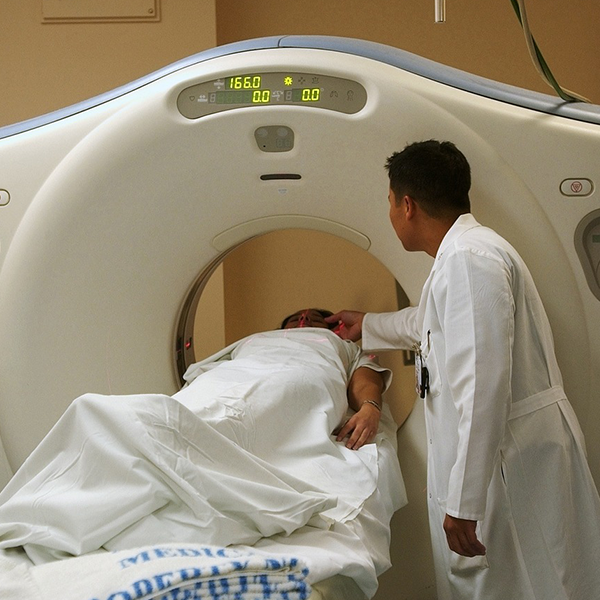Fabiola M. Martinez Licona
Human factors engineering (HFE) plays a crucial role in designing and developing healthcare technologies. By integrating principles of psychology, engineering, and design, it aims to optimize usability, efficiency, and safety. HFE focuses on understanding human capabilities and limitations to create systems and devices that enhance user experience and minimize errors.
One of the primary goals of HFE in healthcare technology design is to improve patient safety. Human errors, such as medication administration mistakes or misinterpretation of medical device displays, can have serious consequences for patients. By applying HFE principles, designers can create intuitive interfaces, clear instructions, and error-resistant systems that reduce the risk of adverse events.
Moreover, HFE considers the needs and preferences of healthcare professionals interacting with medical devices daily. Nurses, physicians, and other caregivers are often under significant time pressure and cognitive load, making it essential for devices to be user-friendly and efficient. HFE techniques like task analysis and workflow optimization help designers tailor technology to fit seamlessly into clinical workflows, reducing cognitive burden and enhancing productivity.
Another critical aspect of HFE in healthcare technology design is patient-centeredness. Patients are increasingly becoming active participants in their care, and their perspectives and preferences should be considered during the design process. By involving patients in usability testing and co-design activities, designers can create devices that are functional, effective, intuitive, and empowering for users.
Furthermore, HFE contributes to the development of inclusive and accessible healthcare technologies. Designing for diversity involves considering the needs of individuals with a wide range of abilities, including those with physical, sensory, or cognitive impairments. By implementing features such as adjustable font sizes, voice-activated controls, and tactile feedback, designers can ensure that medical devices are usable by all patients and caregivers, regardless of their unique characteristics.
In addition to improving safety, efficiency, and patient-centeredness, HFE has economic implications for healthcare organizations. By reducing the likelihood of errors and enhancing user satisfaction, well-designed medical devices can lead to cost savings associated with fewer adverse events, reduced training time, and increased productivity. Moreover, devices that are easy to use and maintain are less likely to require frequent repairs or replacements, resulting in long-term cost benefits for healthcare facilities.
Despite its many benefits, integrating HFE into healthcare technology design is challenging. Designers must navigate regulatory requirements, technological constraints, and competing priorities to create solutions that meet stakeholders’ diverse needs. However, by embracing a human-centered approach and collaborating across disciplines, designers can overcome these challenges and create innovative healthcare technologies that improve patient and provider outcomes.
Human factors engineering plays a vital role in shaping the future of healthcare technology design. By prioritizing safety, efficiency, patient-centeredness, and inclusivity, designers can create devices that enhance care delivery, empower patients, and ultimately improve health outcomes for all.

